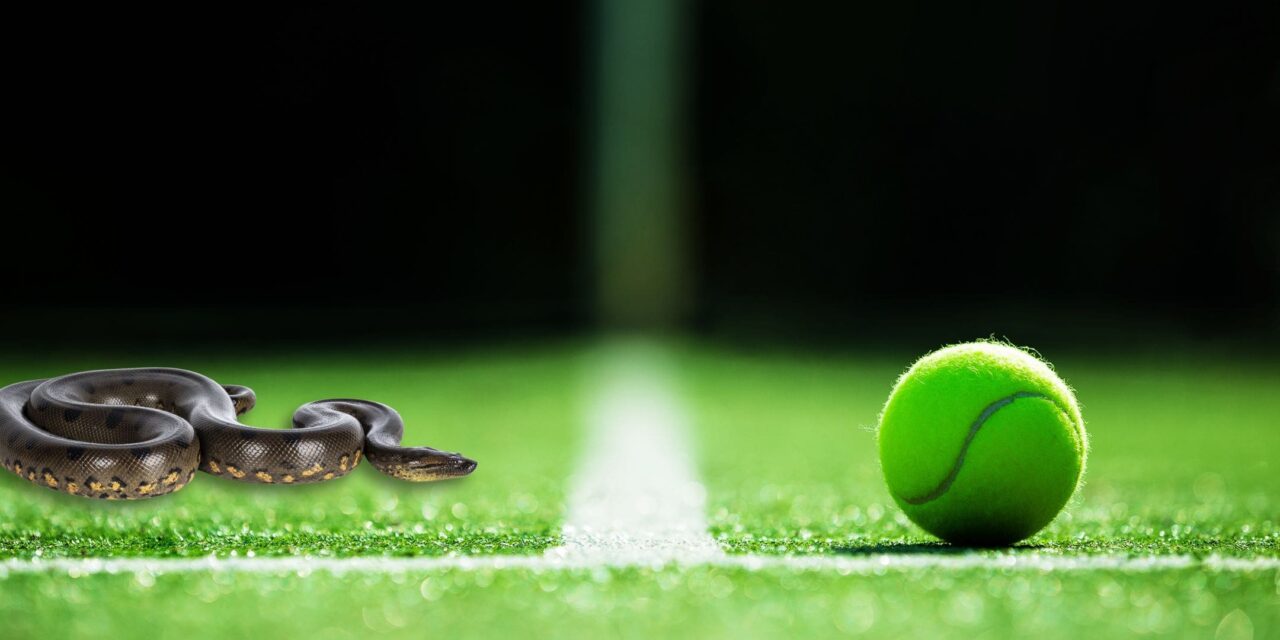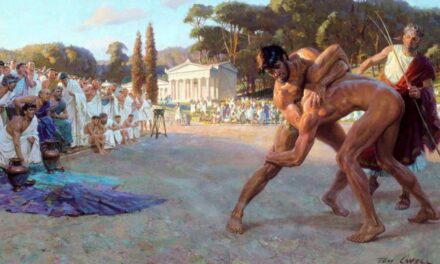Did you know that the grass at Wimbledon was once cut to a height of only 2 inches (about 5 cm)? In this article, we’ll take a look at the history of the grass at Wimbledon, why it was kept so short for many years, and how it has changed over time.
The Reason for the Short Grass
For decades, the grass at Wimbledon was cut to a height of only 2 inches. This was done to ensure that the ball would bounce predictably and consistently on the surface. The grass’s short length helped to keep the ball low and prevented it from bouncing too high, making the game more challenging and exciting for players and spectators alike.
The Snakebite Incident
In 1949, during a match at Wimbledon, a British tennis player named Gussie Moran was bitten by a snake. She was already causing a stir on the court with her short skirt and lace-trimmed panties, but chaos ensued when she was bitten. The grass was immediately cut shorter to make sure that there were no more snakes lurking in the shadows. After the incident, the grass was kept shorter than usual, at around 1/4 inch, for the next few years.
Changes Over Time
Eventually, the height of the grass was raised to 3/8 inch and then to 1/2 inch, which is the current height that the grass is maintained at today. Maintaining the grass at Wimbledon is no easy feat. The grass must be mowed every day, and it takes a team of expert gardeners to ensure that the playing surface is in top condition. The grass is also irrigated and fertilized to keep it healthy and green throughout the tournament.
The Importance of Wimbledon’s Grass
In addition to being functional, the grass at Wimbledon is also an iconic part of the tournament’s history. The lush green surface is instantly recognizable to tennis fans around the world. While the grass may not be cut as short as it once was, it remains an essential part of the Wimbledon experience.
The grass at Wimbledon has undergone many changes over the years, from being cut to a height of only 2 inches to the current height of 1/2 inch. The snakebite incident during a match caused the grass to be cut even shorter for a few years. Today, the grass remains an important part of the Wimbledon tournament’s legacy and continues to challenge and excite players and spectators alike.
If this article resonated with you, don’t hesitate to share it with your friends and give it a rating.
Thank you for your support!










